The Raketa Polar Watch, a Faithful Reissue of Russia’s Iconic Exploration Watch
A limited edition to celebrate one of the most famous Soviet watches.
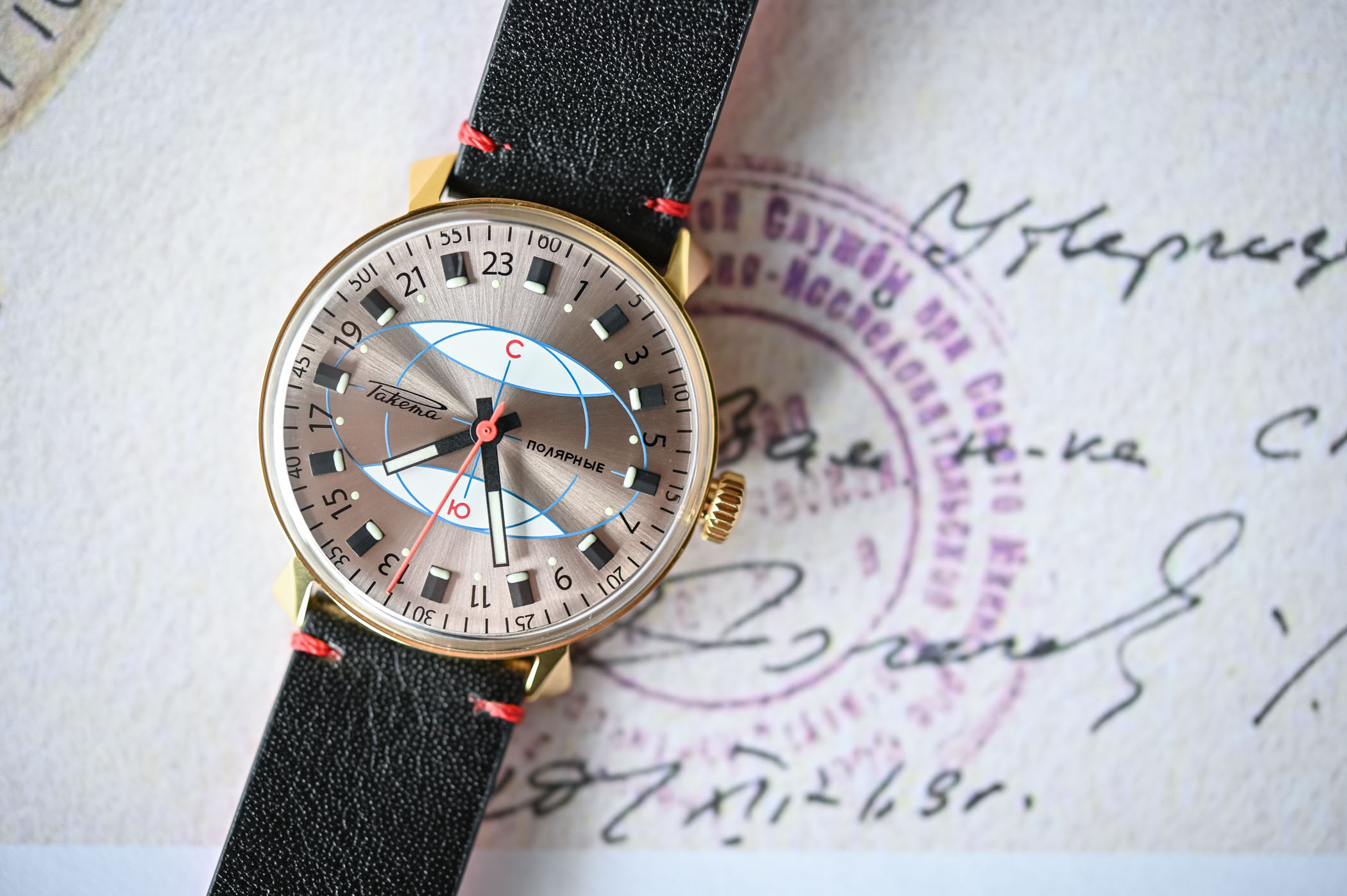
If you think about the natural habitat for watchmakers, images of picturesque places in Switzerland, Germany or Japan might pop up. This is true… today! But back in the golden age of mechanical watchmaking, there was another major player on the watchmaking scene: Russia. And we’re talking millions of watches a year, produced during the Soviet era. The dissolution of the Soviet Union and aggressive privatizations had a dramatic impact on the local industry, until recently and the renewal of Russian watchmaking. Today, we’ll take a closer look at the main representative of this recent rebirth, and also one of the historical Russian brands: Raketa. Today, Raketa launches a reissue of one of its most iconic pieces. Let’s have a closer look at the objectively very cool Raketa Polar Watch (and yes, it’s all made in Russia).
Raketa in history
The Raketa Watch Factory, founded by Emperor Peter the Great in 1721, is Russia’s oldest factory still active today. Created first to cut semi-precious stones to adorn the Royal family’s palaces (and then known as the Imperial Lapidary Factory), it was, under the Soviet era, transformed into a watchmaking company. First by delivering jewel bearings for manufactures, then becoming a movements and watches factory.
As of 1949, watches were produced under the names Zvezda et Pobeda by the Petrodvorets Watch Factory in Saint Petersburg. The major turning point occurred in 1961 when the brand Raketa was launched. On 13 April 1961, Yuri Gagarin made the first manned flight in outer space onboard rocket Vostok 1. In honour of this achievement, the Petrodvorets Watch Factory named its watches “Rocket” Raketa in Russian. From the early 1960s until the late 1980s, Raketa would be one of the world’s leading watch manufactures. Raketa watches were produced for the Red Army, the Soviet Navy, and for North Pole expeditions, as well as for civilians. In the 1970s the factory produced about five million mechanical watches per year.
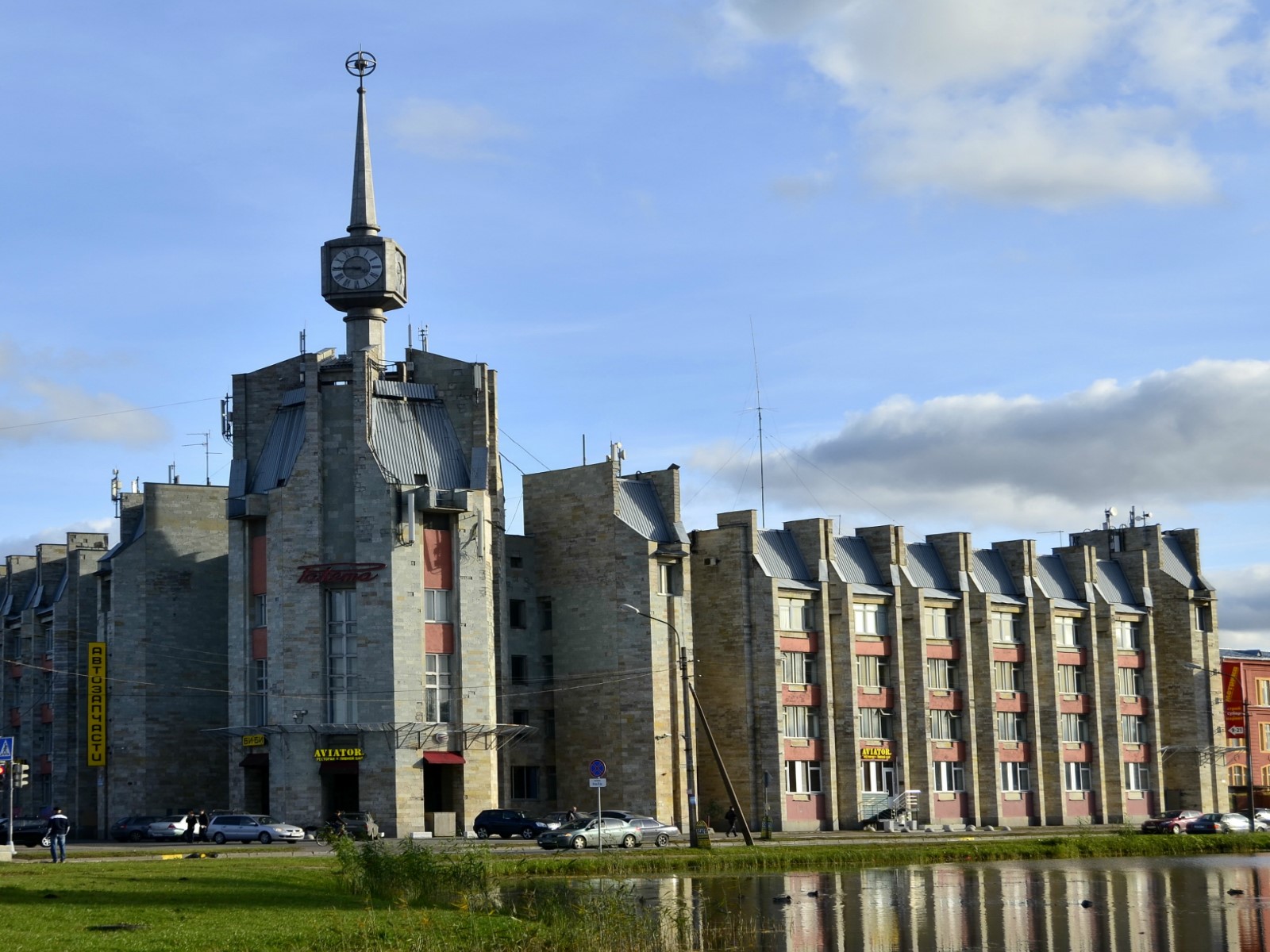
The dissolution of the USSR and uncontrolled privatizations were dramatic for Russia’s production facilities, including the local watchmaking industry, which was almost decimated. Still, for the last few years now, a team of passionate people, led by British, French and Swiss entrepreneurs have decided to restore Raketa to its former glory – maybe not in terms of numbers, but in terms of watchmaking, with true “Made in Russia” watches, including entire movements made in-house.
The Original Polar Watch and the Antarctic expedition
Although the 1961 watch made in tribute to Gagarin would give its name to the brand, one of the most significant watches ever produced by Raketa comes from yet another project linked to exploration. Known as the Raketa Polar Watch, it was specially produced in 1970 for the polar explorers of the 16th Soviet Antarctic expedition. It was purpose-built for these pioneers who needed a robust watch to accompany them to the harshest place on Earth, where temperatures ?an go descend to -89°?. However, being robust was not enough. Because this frozen continent is in perpetual daylight or darkness during consecutive periods of 6 months, this watch also needed to allow them to distinguish day from night.
For this reason, the original Raketa Polar Watch was equipped with a specifically developed, hand-wound movement displaying the time on a 24h scale – the hour hand making a full rotation once a day, instead of twice a day. As such, it would help these explorers known whether it was day or night. Also, to make this watch more robust than other Raketa watches of that time, the company’s engineers developed a case with a complicated 4-piece construction with a special glass fixation system.
The first watches were delivered in 1970, in time for the ?departure by boat from Leningrad (former Soviet name of Saint Petersburg) of the 16th Soviet Antarctic expedition. ?The Polar explorers reached the southern continent in December 1970, in time to celebrate the 150th anniversary of the discovery of Antarctica, a very important event: it was the last continent to be discovered by mankind.

Mainly dedicated to Soviet polar explorers this watch was hardly ever sold to ordinary Soviet comrades. It was produced in small quantities until its production was eventually discontinued, being one of the manufacture’s rarest piece. However, its 24-hour display and hand-wound movement would soon become a signature element of multiple Raketa watches, dedicated to people working in extreme conditions, where a 24-hour watch is needed to help them distinguish day from night – for instance, submariners and cosmonauts.
Today, this Raketa Polar Watch is being reissued in a truly faithful way – not only visually, but also mechanically.
The Raketa Polar Watch Reissue
We often see re-editions of glorious past models, some being done in a faithful way, some being modern interpretations, some that succeed, some that don’t… but few are as genuine as the Raketa Polar Watch. It goes far beyond just an identical design… In fact, it’s not really a re-edition, it’s more like a relaunch of the production.
The new Raketa Polar Watch is based on the original design and technical drawings that were found in the archives of Raketa’s factory. As such, not only does it look identical, but the way it is constructed, as well as the movement that ticks inside, are extremely close to what was done in 1970. In order to celebrate the 200th anniversary of the discovery of the Antarctic continent (in 1820) and the 50th anniversary of the first production of the Soviet Raketa Polar watch (in 1970), Raketa has decided to reintroduce this cult Russian watch.
The design of this 2020s Raketa Polar Watch is… very 1970s and very Russian. Don’t expect modern dimensions, modern materials or modern logos here. The case of the Polar is identical in both proportions, with a 35mm diameter, and in construction. The base is a thin stainless steel container, which is then gold plated. Why the original watch, a piece created for explorers living in some of the harshest conditions, was gold plated is still questionable, but the result is very attractive.
The case of the Raketa Polar has a typical shape, with faceted and stylized lugs, giving the piece a striking identity. Mounted on top of this thin case is a box-shaped acrylic crystal, and like the original one comes without a bezel – which definitely sets this watch in the vintage category and provides great legibility. The crown is large and easy to manipulate. The watch is equipped with a screwed stainless steel caseback. The watch is announced as ‘200ft water-resistant’, equal to 60 metres.
Authentic would be the best word to describe this watch… Everything, including the movement, is identical.
Regarding the dial, the same attention to details has been observed. The dial has a light grey colour and a sunray-brushed pattern, which plays a lot with the ambient light – you can see on the photos that it changes colour depending on the angle. To stay true to the original concept, the time is displayed on a 24-hour scale. Such a display doesn’t feel natural at first because we’re used to the classic 12-hour rotation of the hour hand. Yet, clear markers help to read the time and, after all, this one of the most charming elements of this watch.
The dial shows a world map with the two hemispheres. Time is indicated thanks to large black baton hands and black blocks applied on the dial. All of them are feature well-sized blocks or dots of Super-LumiNova, providing comfortable visibility in darkness. Altogether, the dial has a very cool 1970s vibe.
The Raketa Polar Watch is delivered with two straps: a black leather strap with red stitchings and a gold-plated pin buckle as well as a beige NATO strap. On the wrist, vintage lovers will be pleased by the restrained and faithful proportions. On the other hand, the absence of a bezel and the architectural lugs provide enough presence in a modern context.
A movement made in Russia, in an atypical factory
One of the key elements of this watch is its movement, produced internally by Raketa, in Saint Petersburg – and by that, I mean entirely produced there. We had the chance to visit the Petrodvorets Watch Factory… It was an experience and it certainly is miles away from the clinical environment found in most modern Swiss manufactures. But no less fascinating.
Raketa still produces its movement in a factory that is about 500m away from the historic Petrodvorets building, on the same machines used in the 1960s, with the same methods and with (partially) the same watchmakers. While we’re used to seeing the quiet and clean assembly lines of the Swiss Jura mountains, Raketa’s processes are much more rudimentary, requiring a great deal of manual work. You won’t find computer-controlled machines or automated production lines here. Everything is done the way it was done back in the 1960s. This is an extraordinary time capsule (if ever you travel to Russia, go there… it’s worth seeing).
Almost the entire movement is produced in-house, from the wheels to the bridges, the main plates, the pinions and even the hairspring – it is extremely rare to see this in a manufacture, even in Switzerland. The movements are then assembled and tested, before being cased.
In order to recreate the movement of the Raketa Polar Watch, the brand was able to count on its archives but also on some old employees who actually worked on the development of the original Polar watch. For instance, this includes Ludmilla Y., an old but valiant lady who was part of the Soviet team of engineers who developed this watch model, and in particular its 24-hour movement. Fifty years later, she is still working at the Raketa Watch Factory and was in charge of this limited re-edition. She supervised the production relaunch of the 24-hour movement.
The Calibre 2623 is extremely close to what was found in the original 1970 watch. This hand-wound movement, with 24-hour display, is by no mean a high-end, Haute Horlogerie piece. It was created to be robust, functional, easy to service and durable. This calibre runs at a slow frequency of 2.5Hz and boasts a 42-hour power reserve. It adjusted in 4 positions and should run at ±10 seconds/day.
Thoughts
What to say about this watch? While I leave the question of the design up to each reader, there’s one thing that clearly impressed me: its authenticity. Everything in this watch is authentic… The design and the mechanics, first, but mainly the people behind these watches. There’s a human side here that can’t be overlooked and, even though this watch might not be as luxurious as a Swiss watch, I personally don’t care. What is important is the story behind it.
This Raketa Polar Watch is a piece of history, relaunched in the most genuine possible way. The background is consistent, the design is very attractive and the movement is relevant. And witnessing the revival of Russian watchmaking is very cool indeed.
Price and availability
The Raketa Polar Watch Reissue is a limited edition of 200 pieces, available exclusively online. The watches can now be pre-ordered at a price of EUR 1,120 (final RRP will be EUR 1,400). Watches will be delivered end of March 2020 (worldwide deliveries, dispatched from EU). Pre-orders can be placed here, at raketa.com.

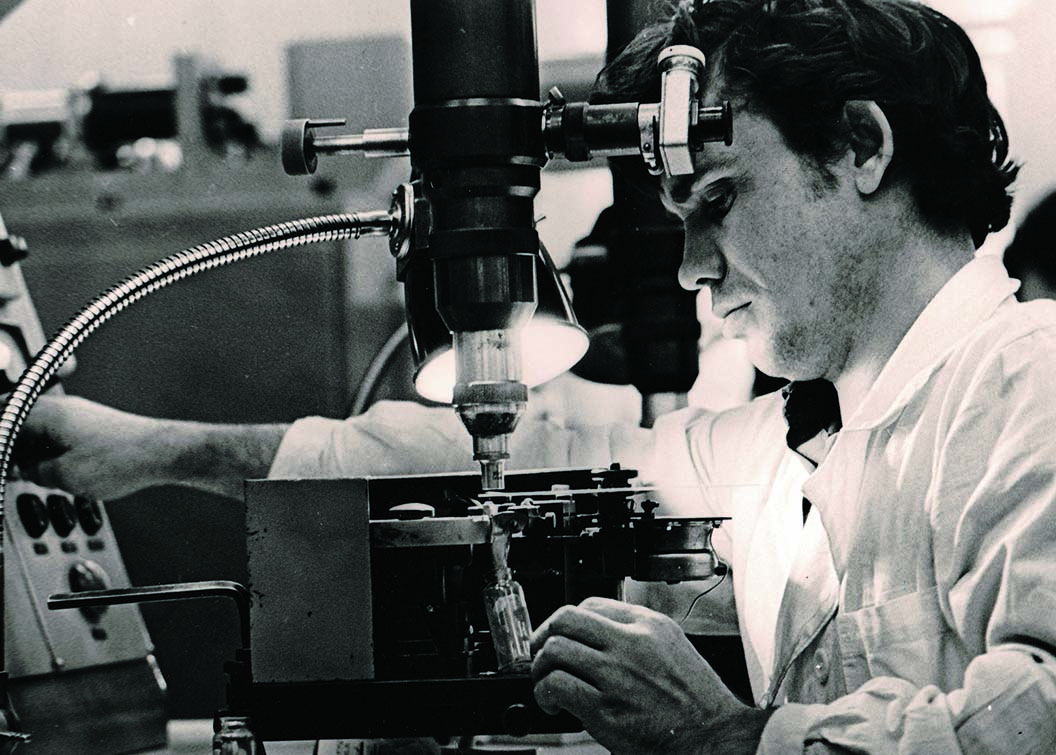

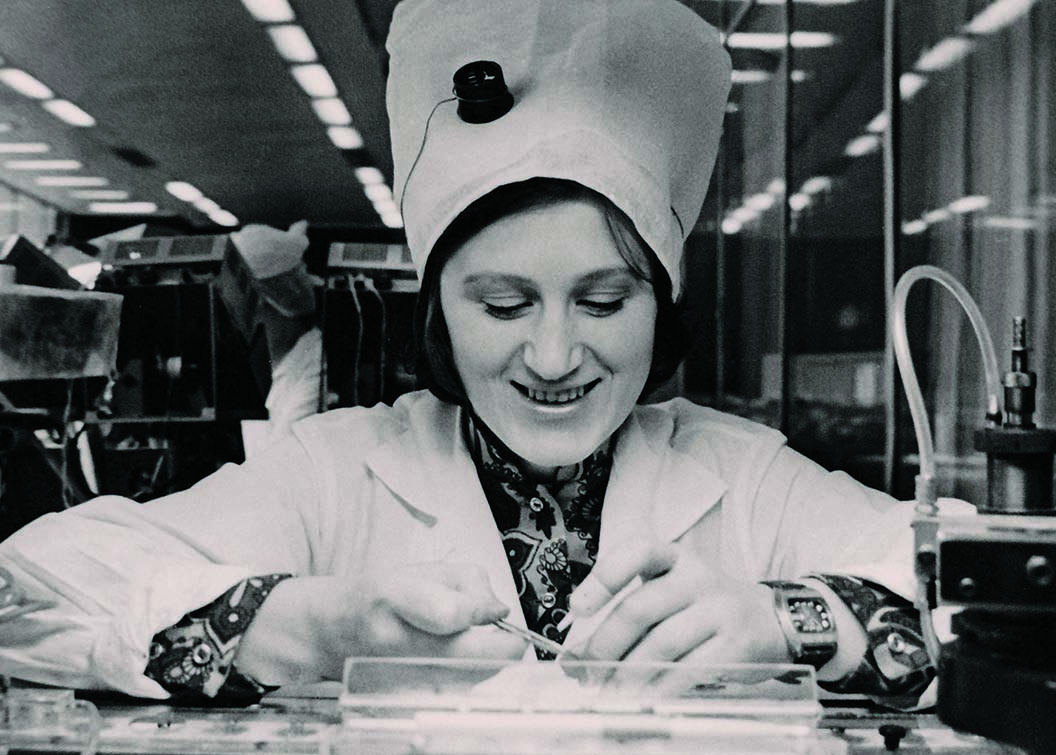
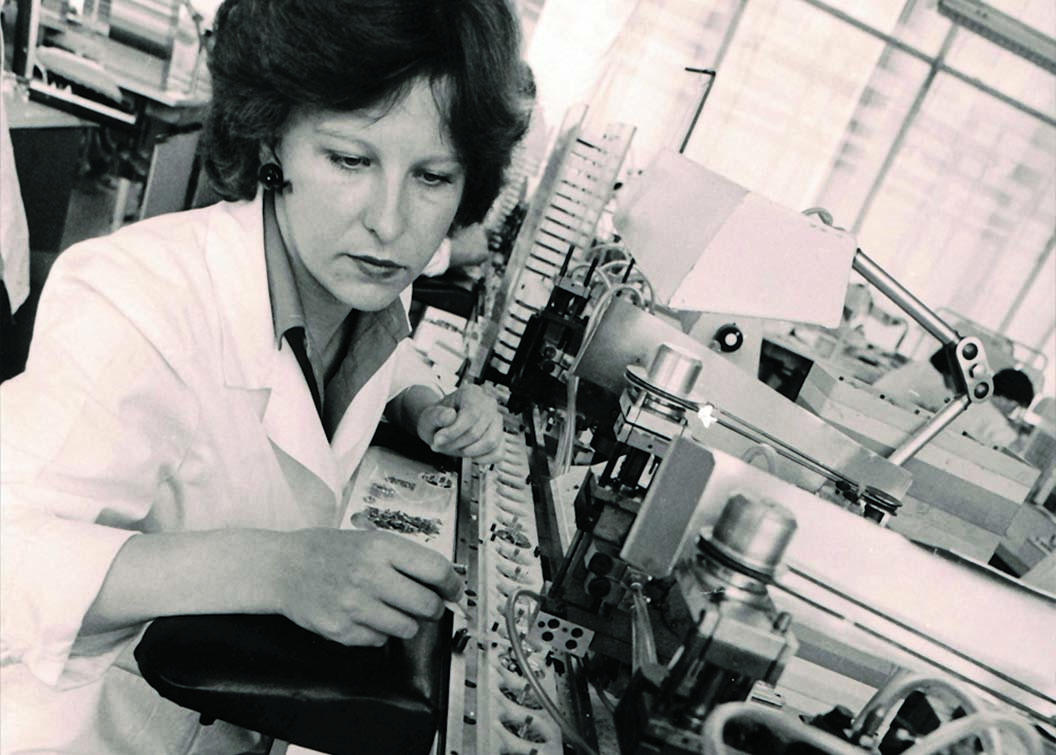

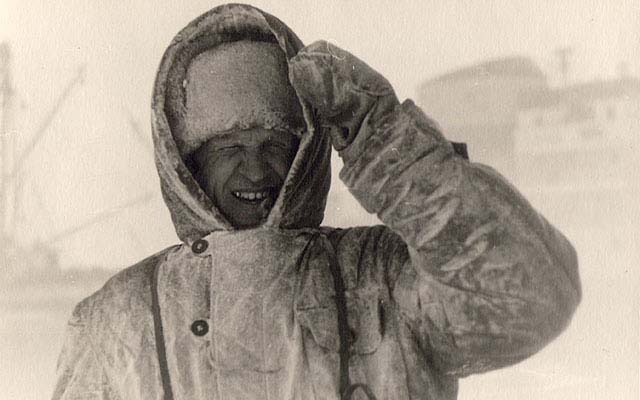
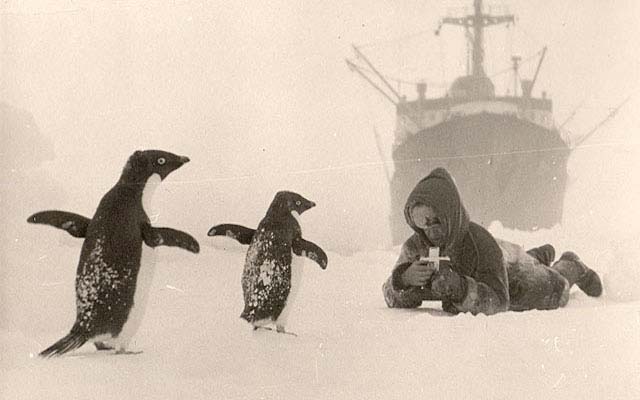
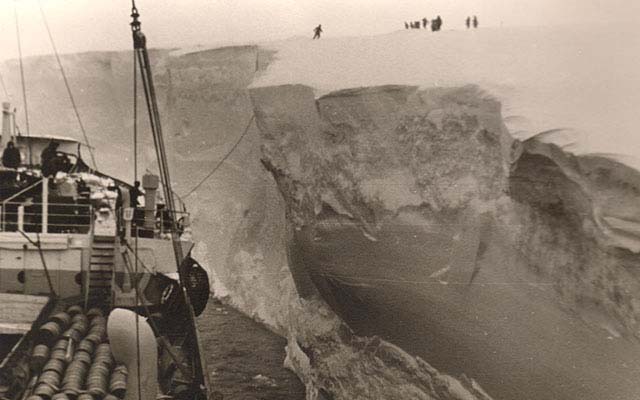

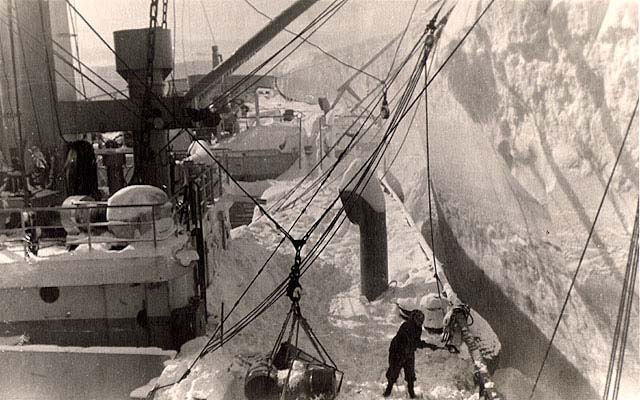
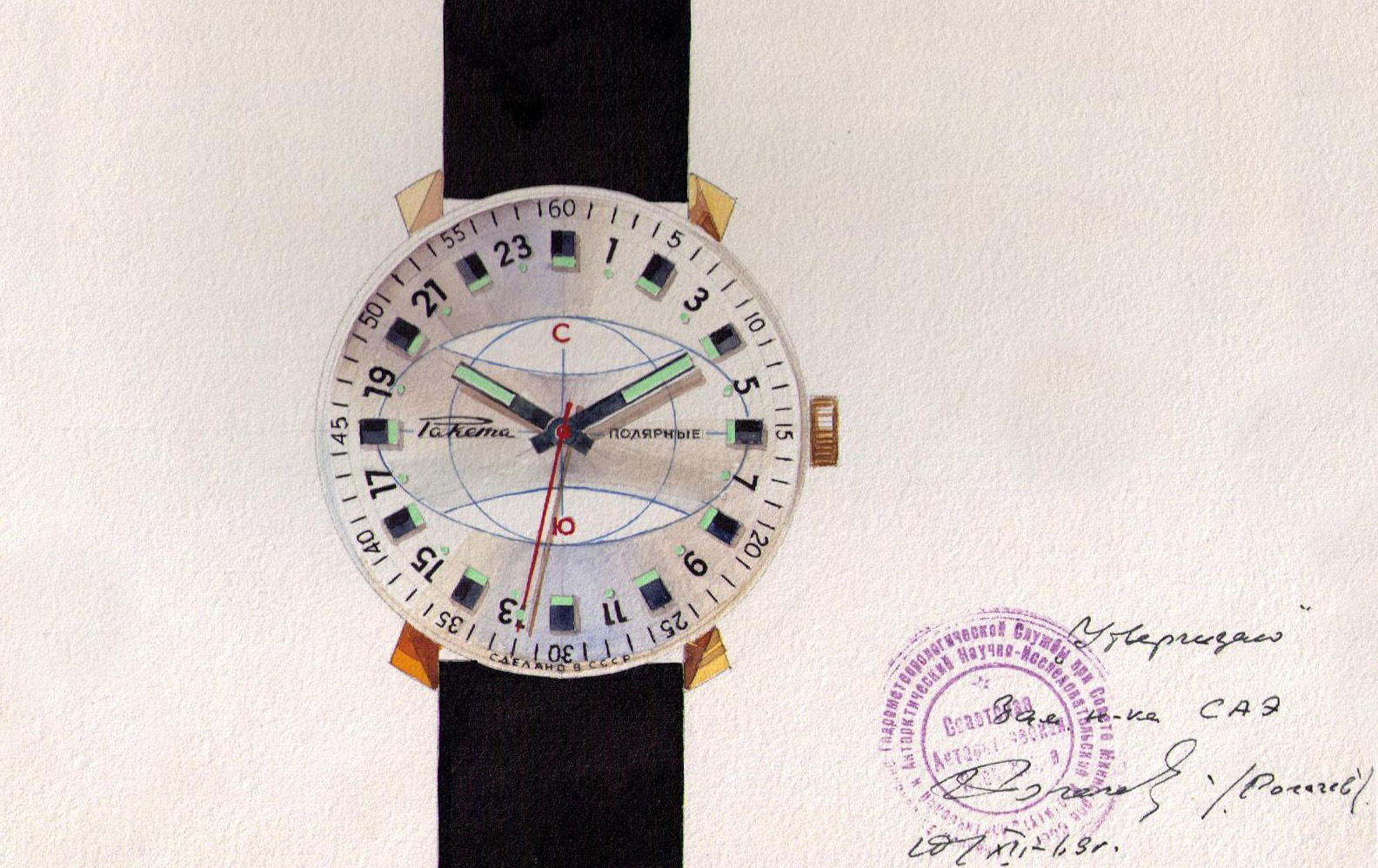

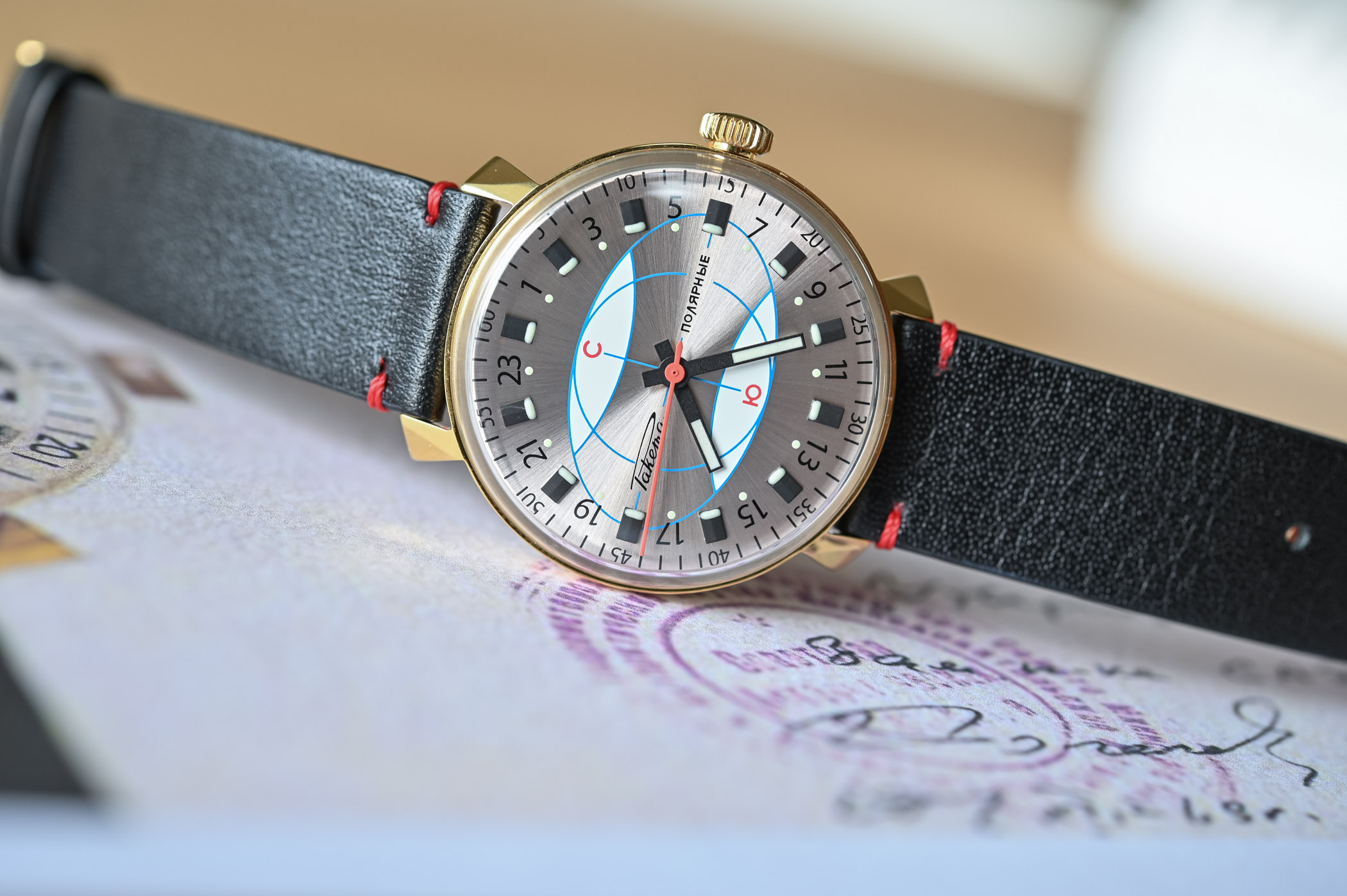
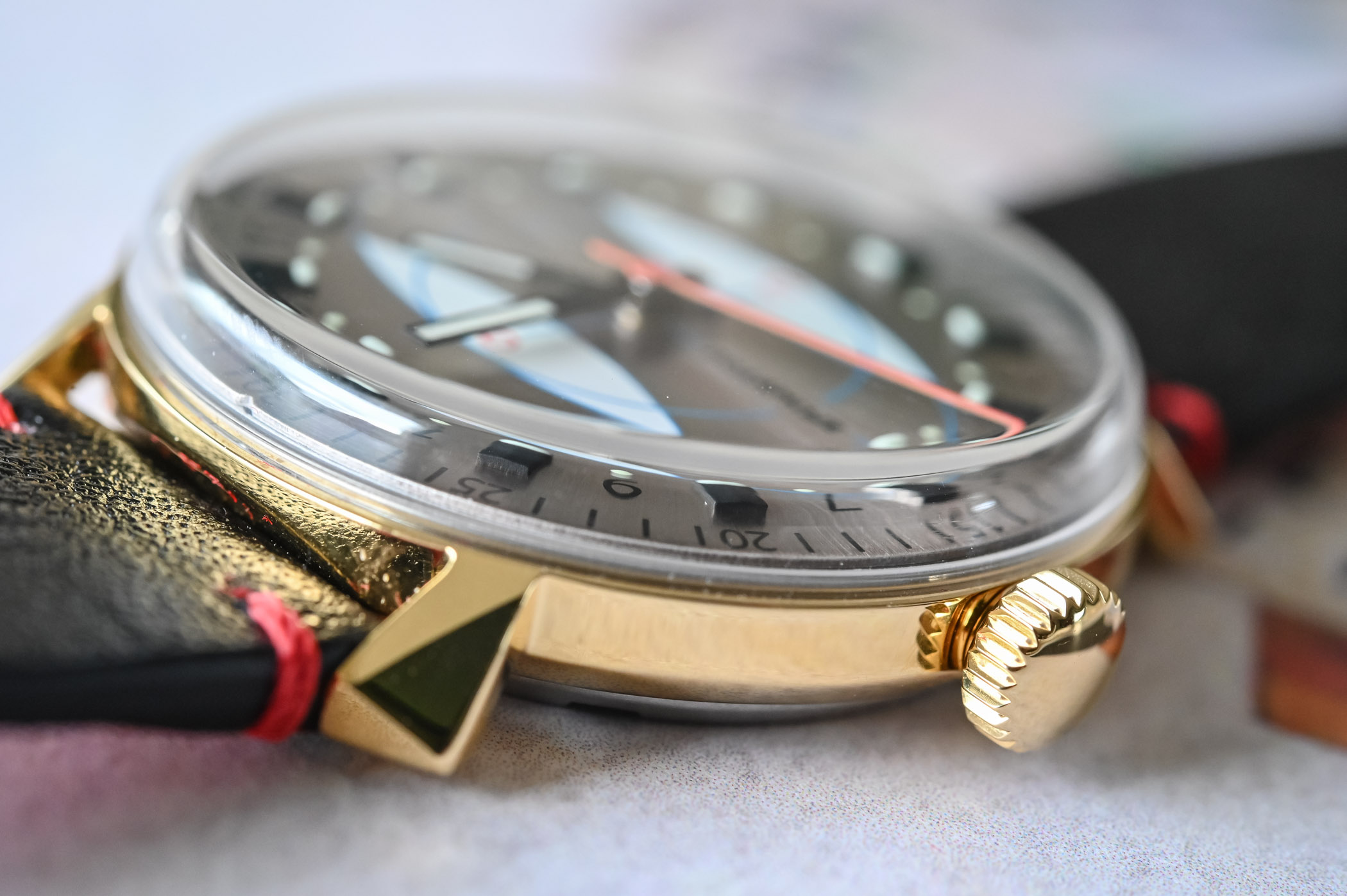
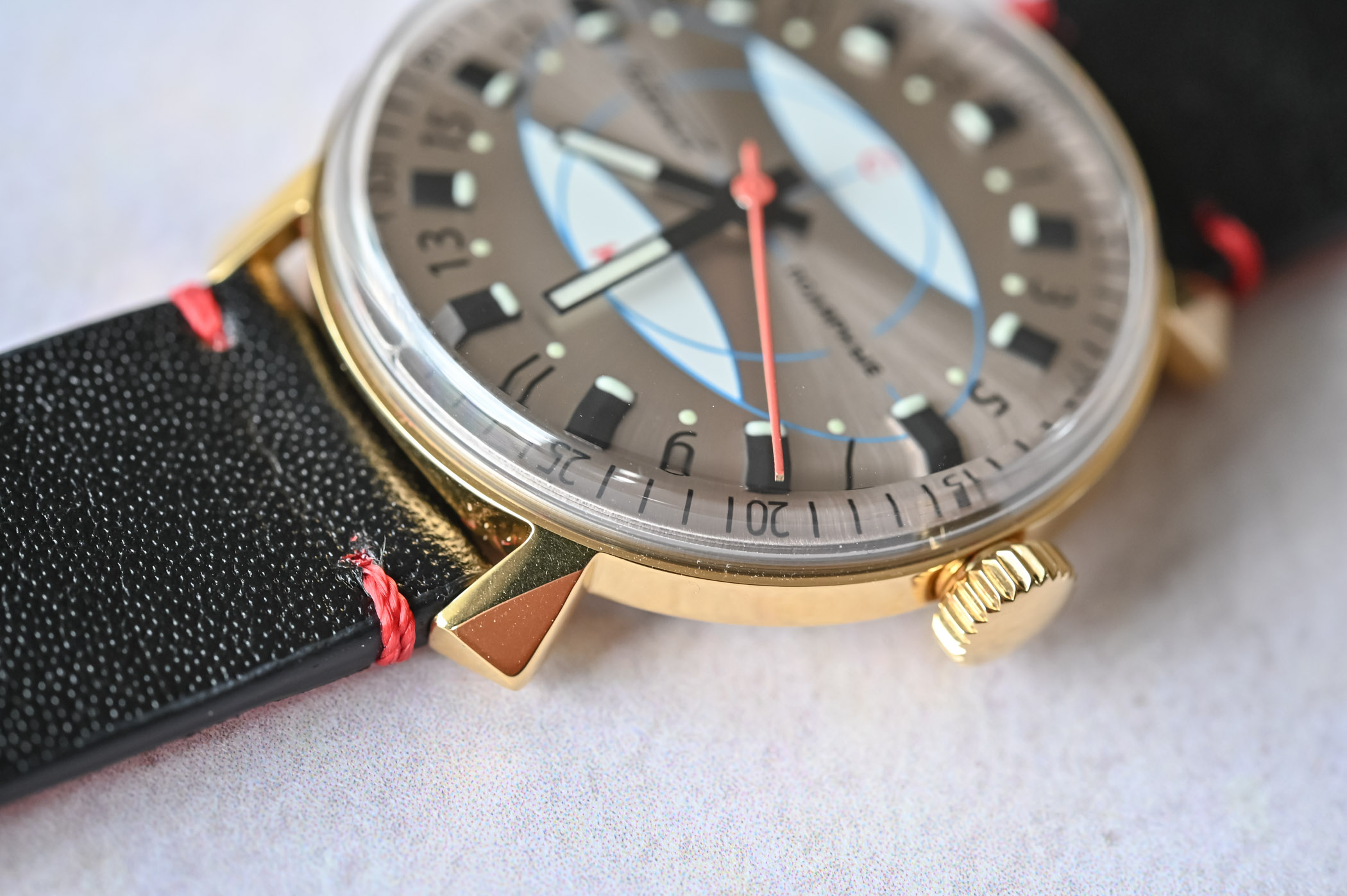
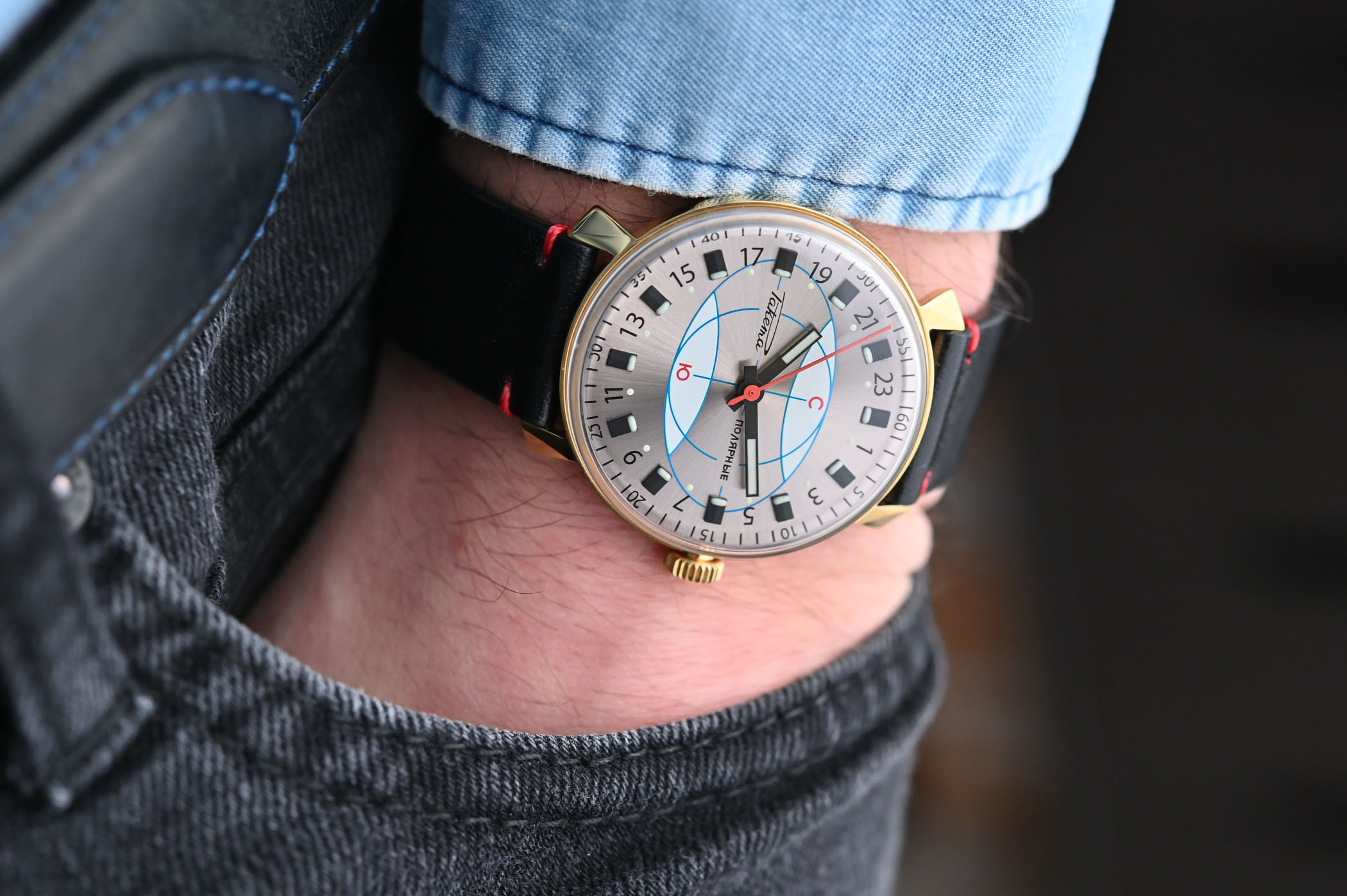
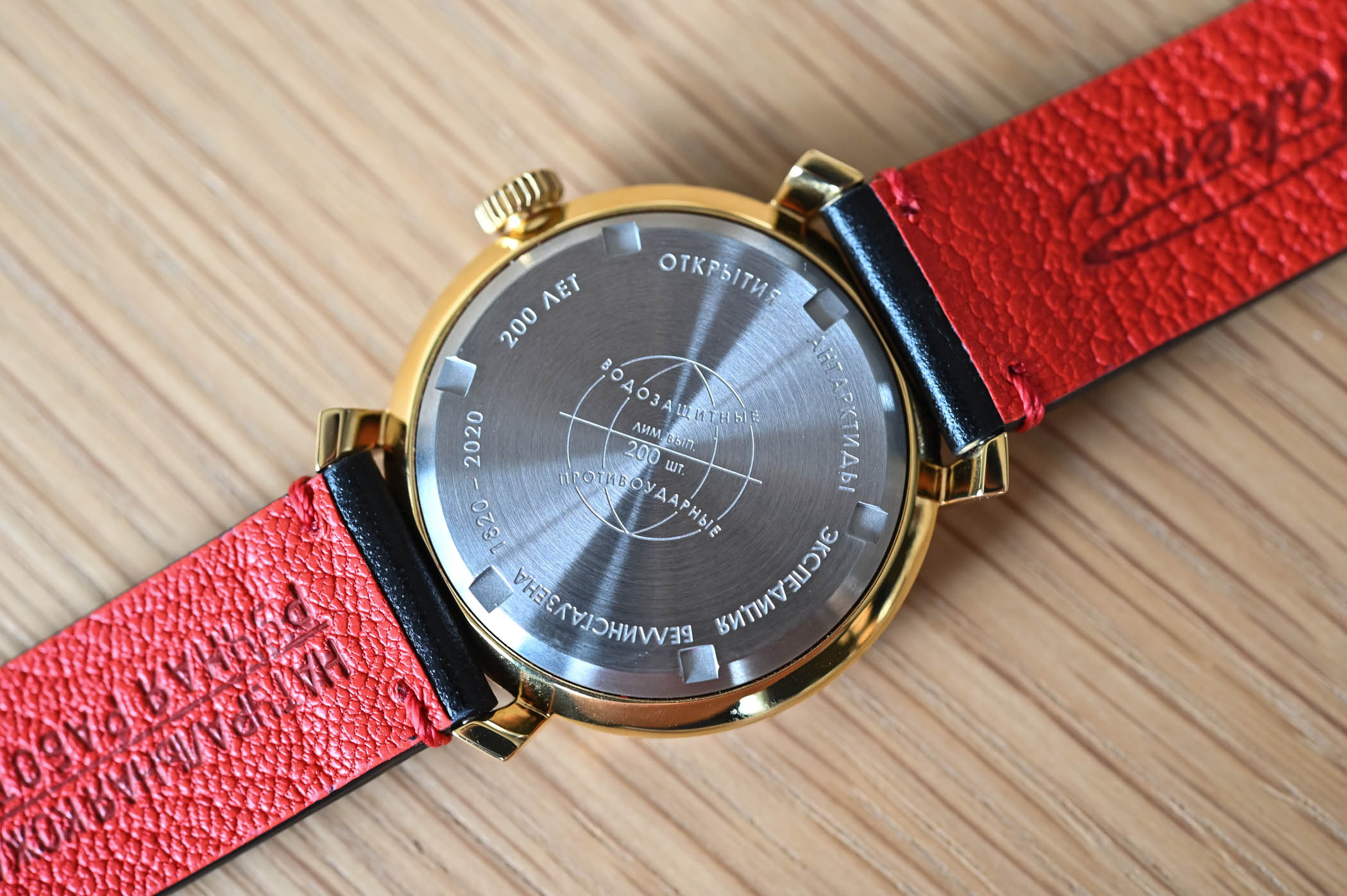
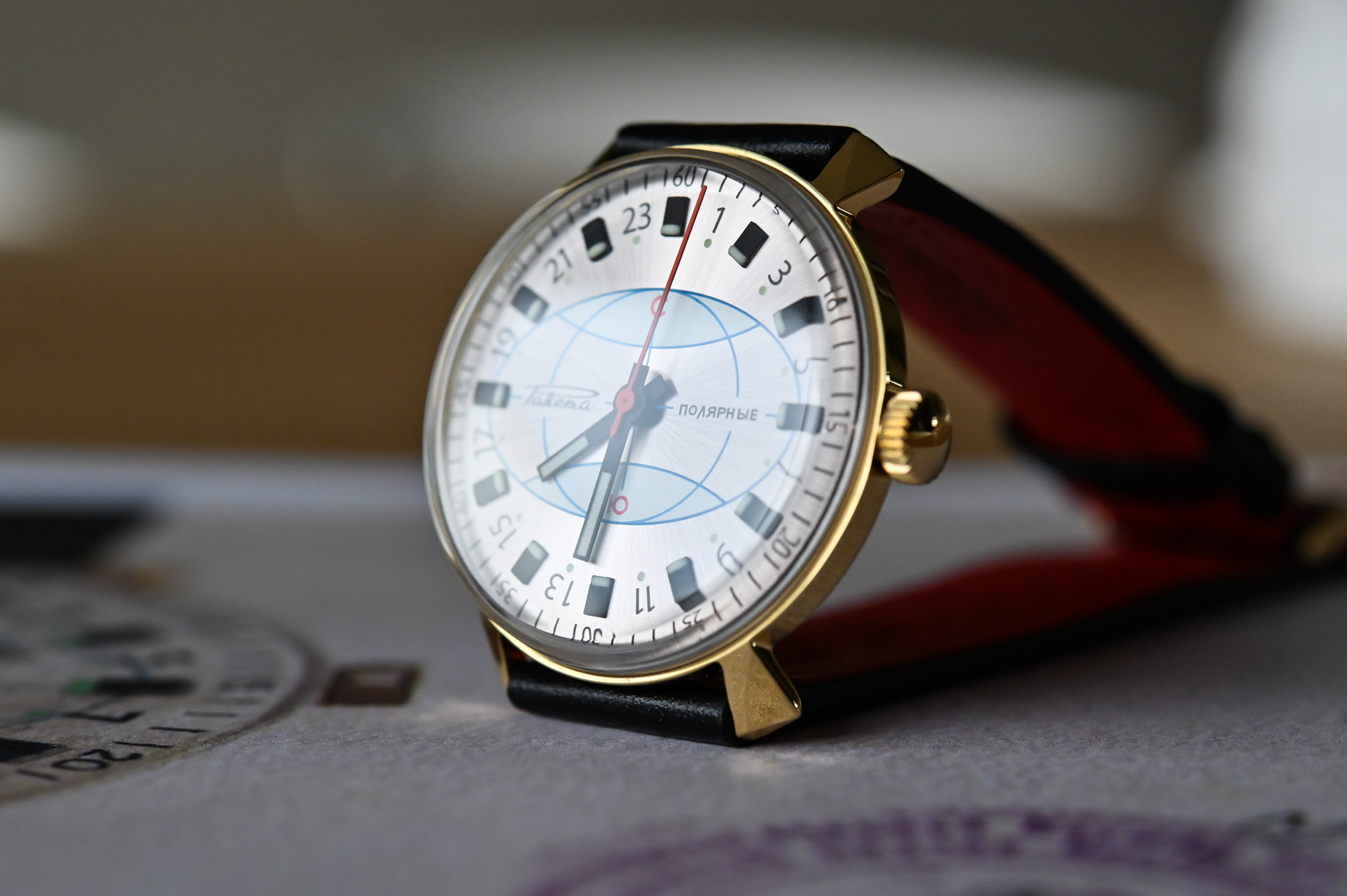
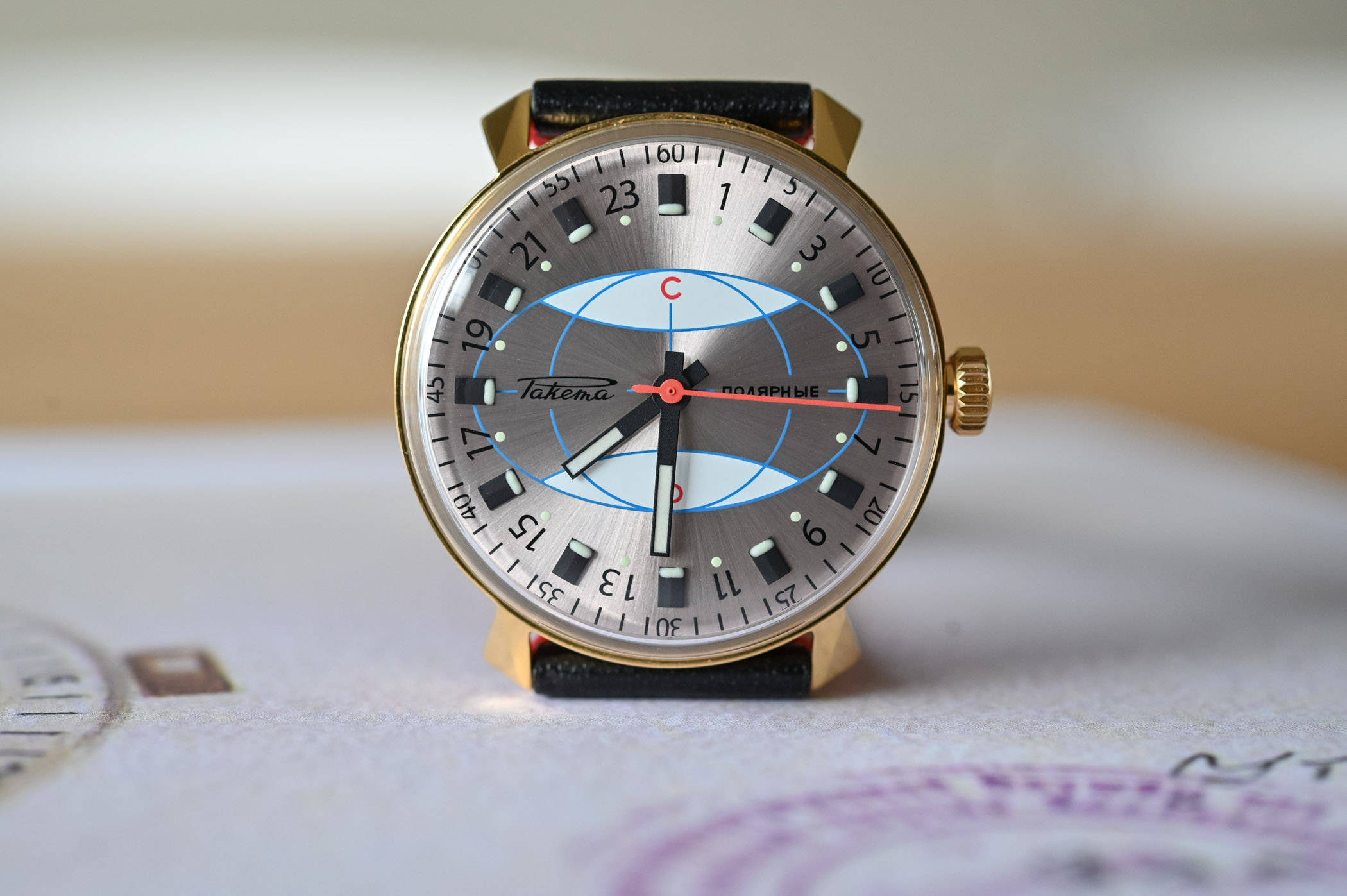

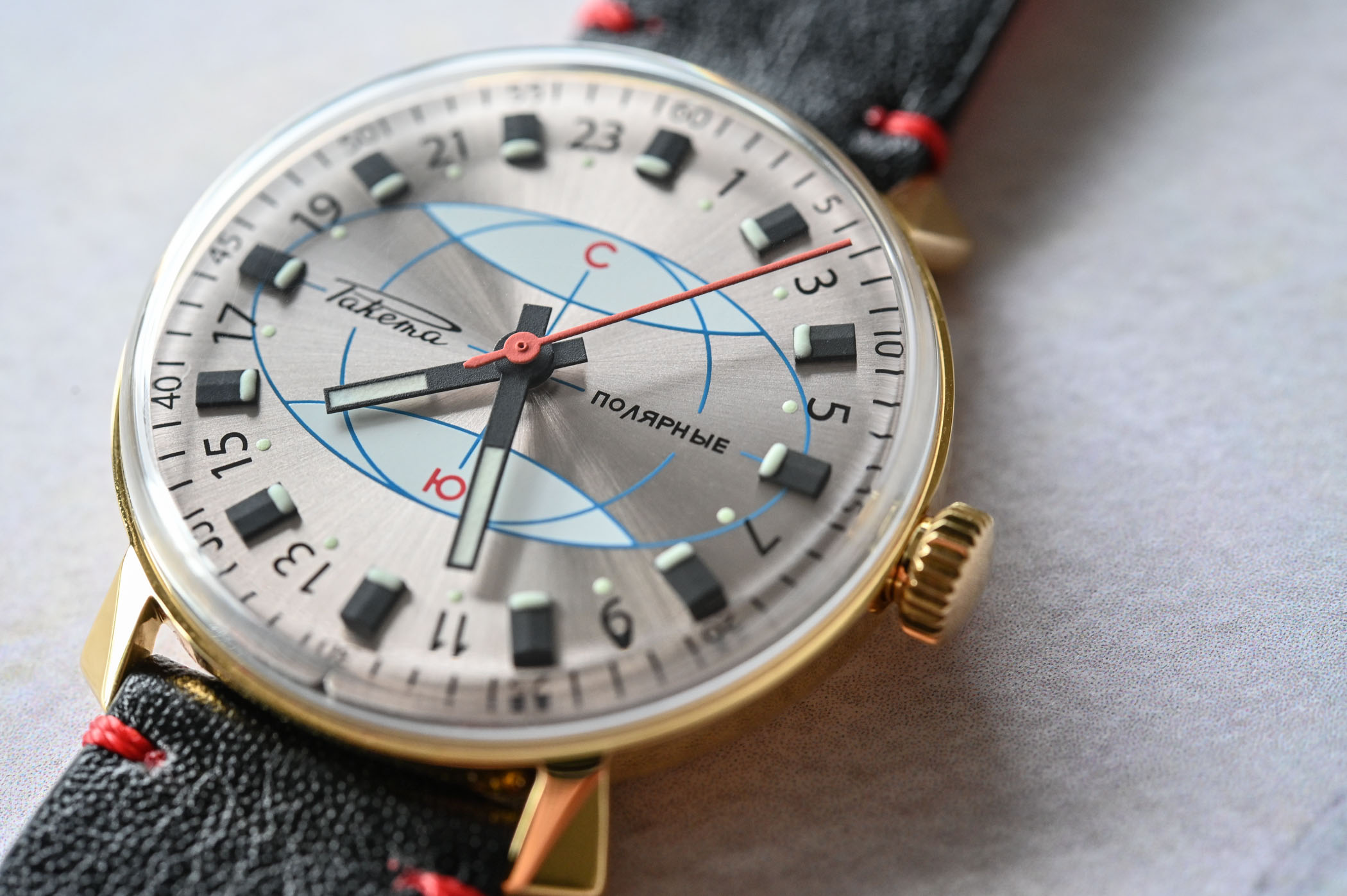

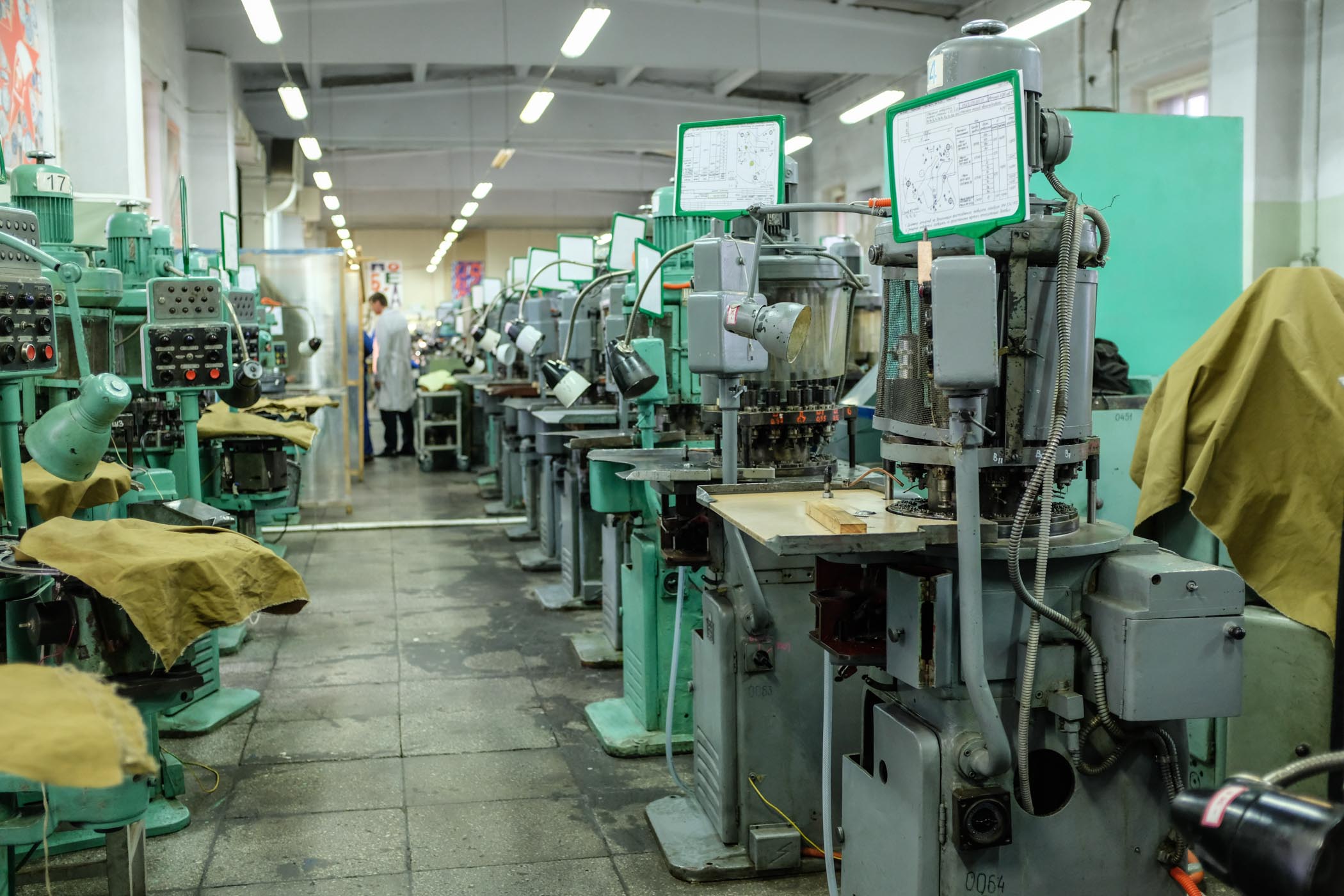
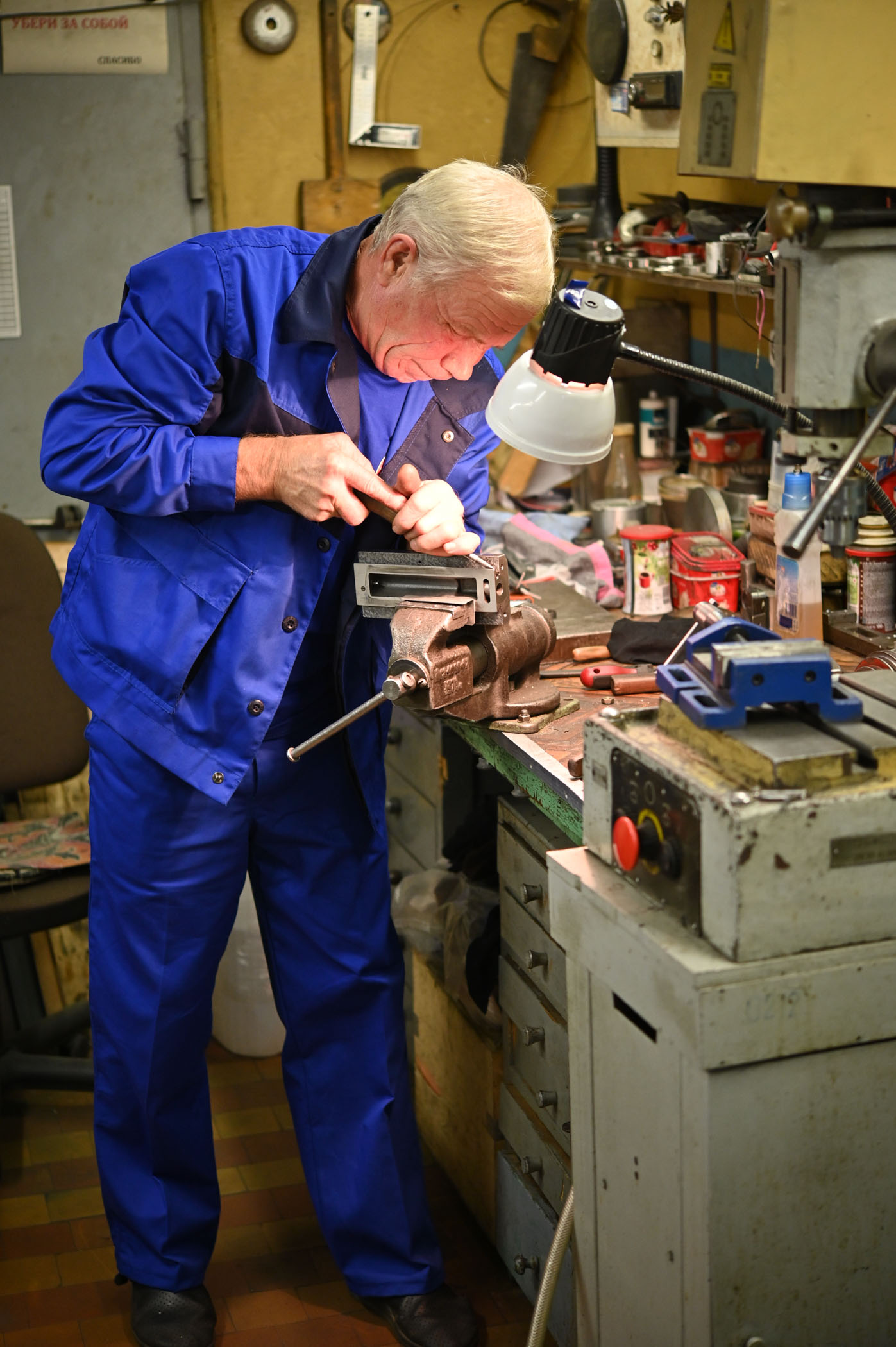
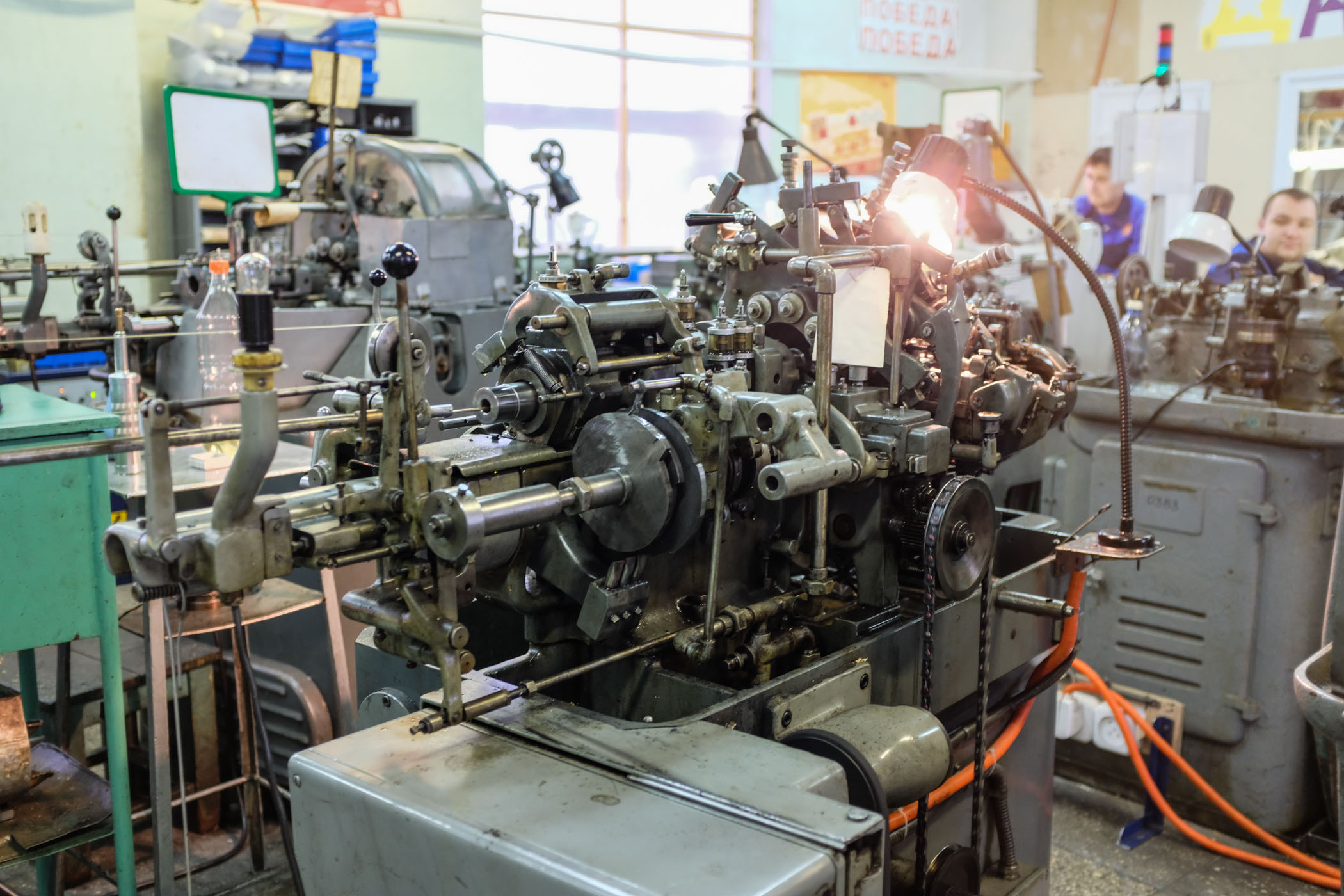

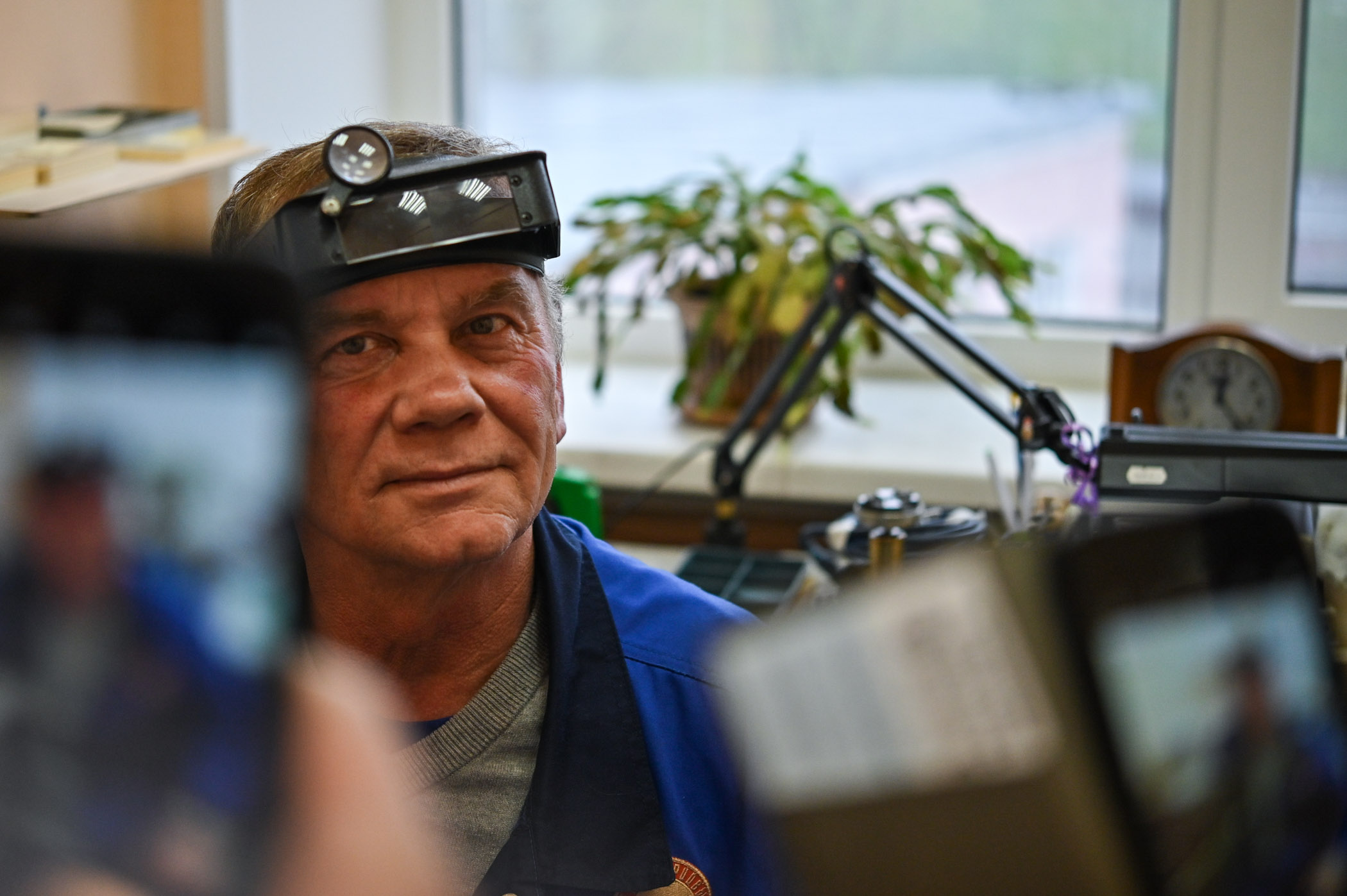
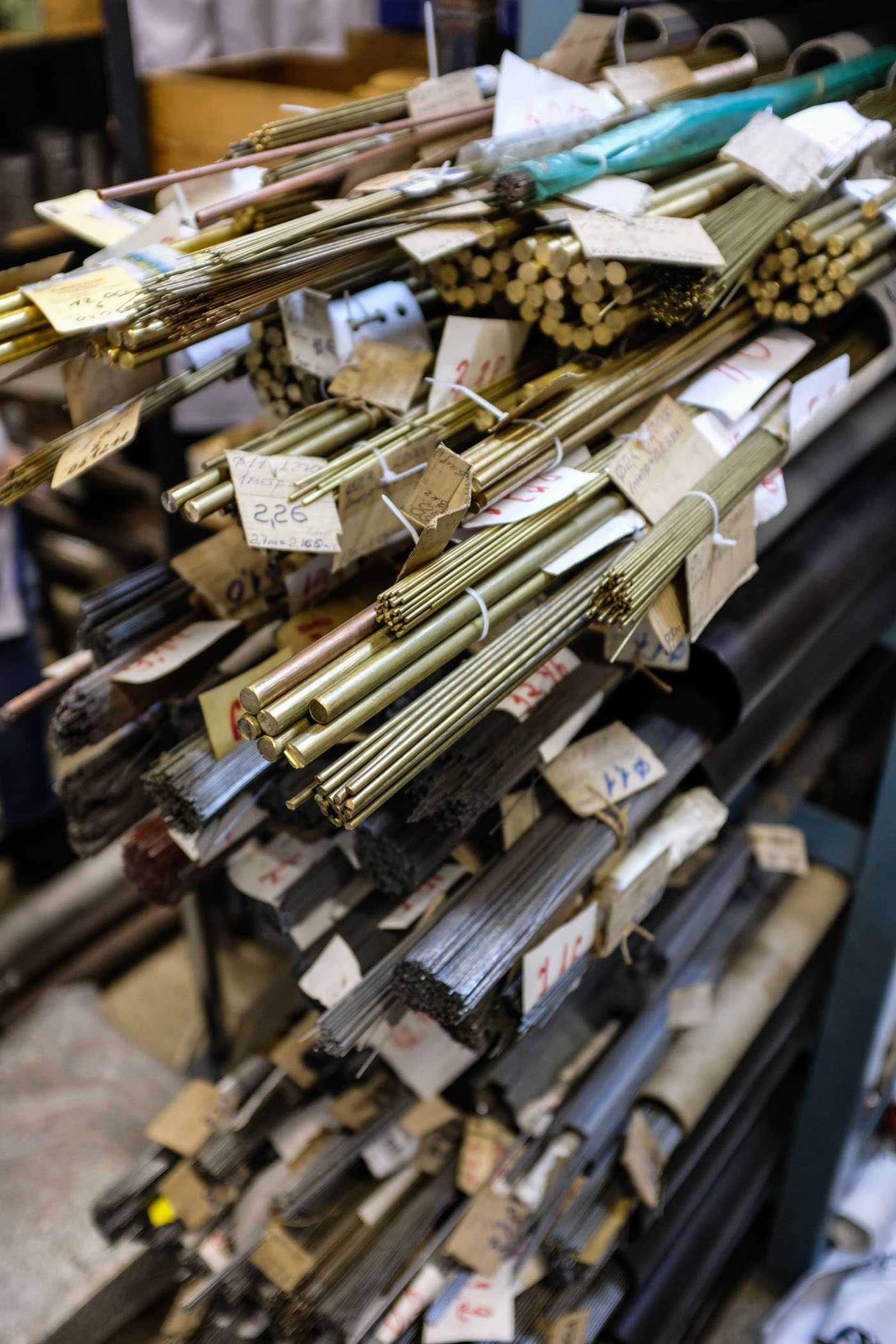

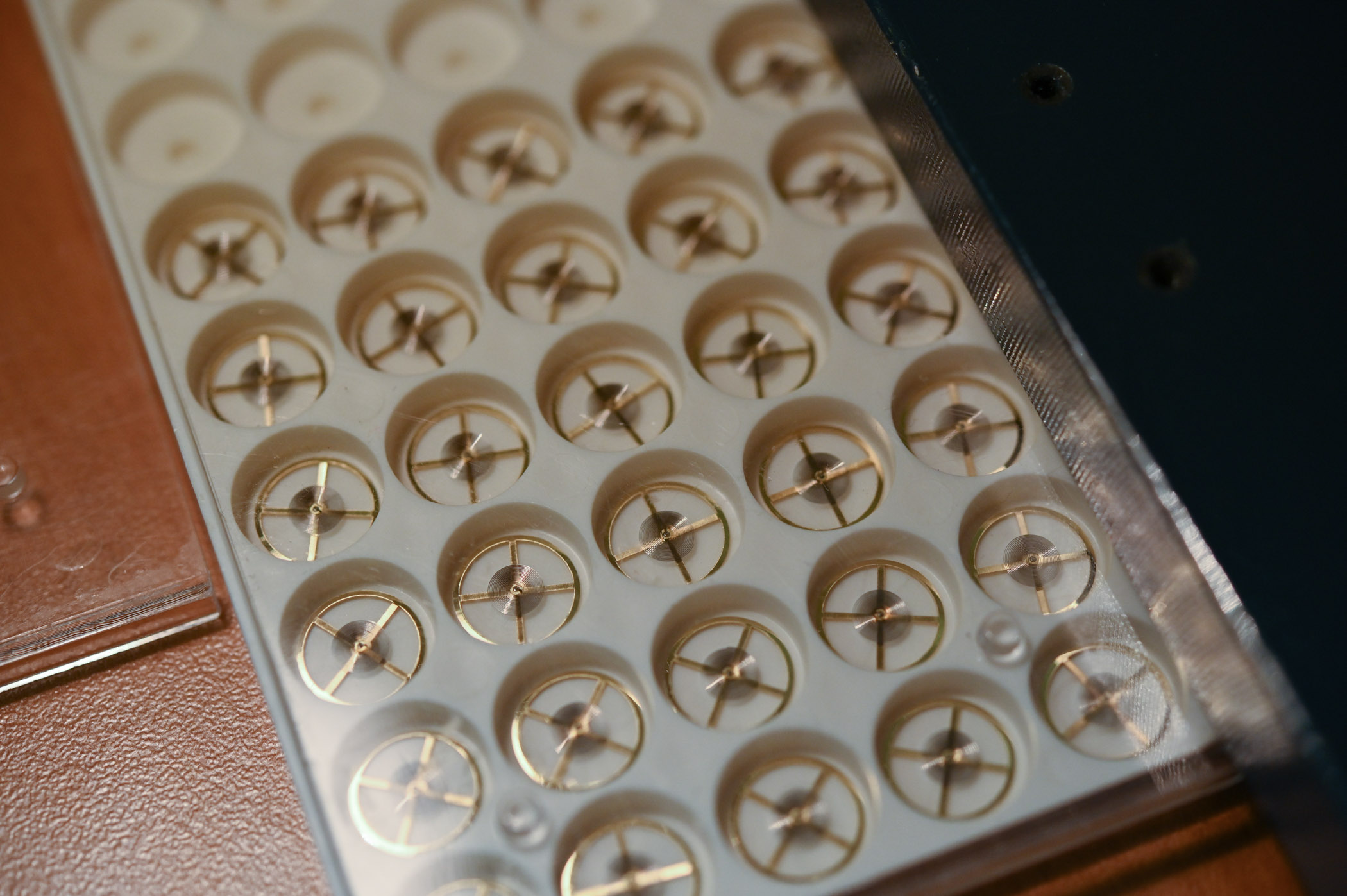
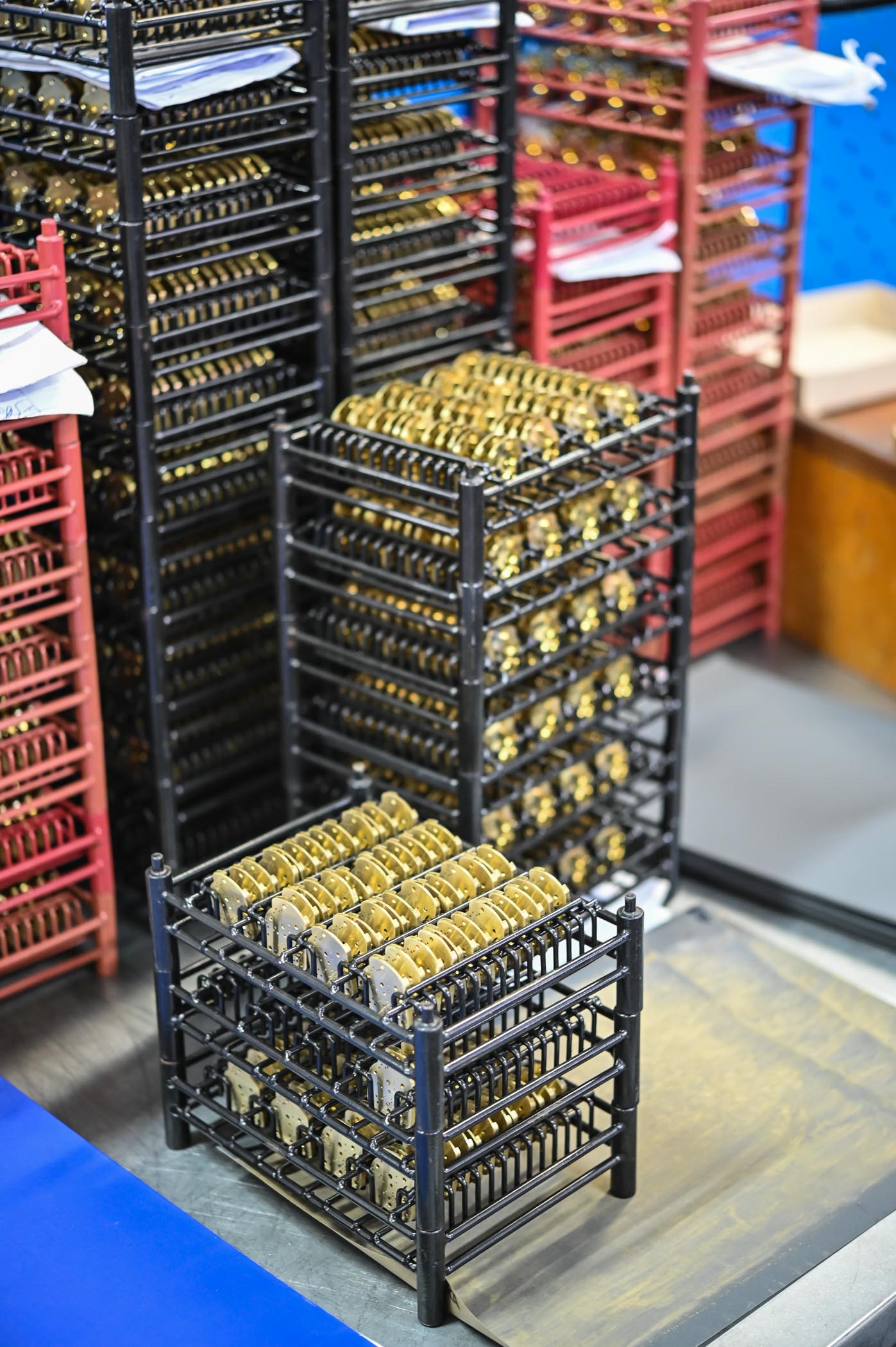
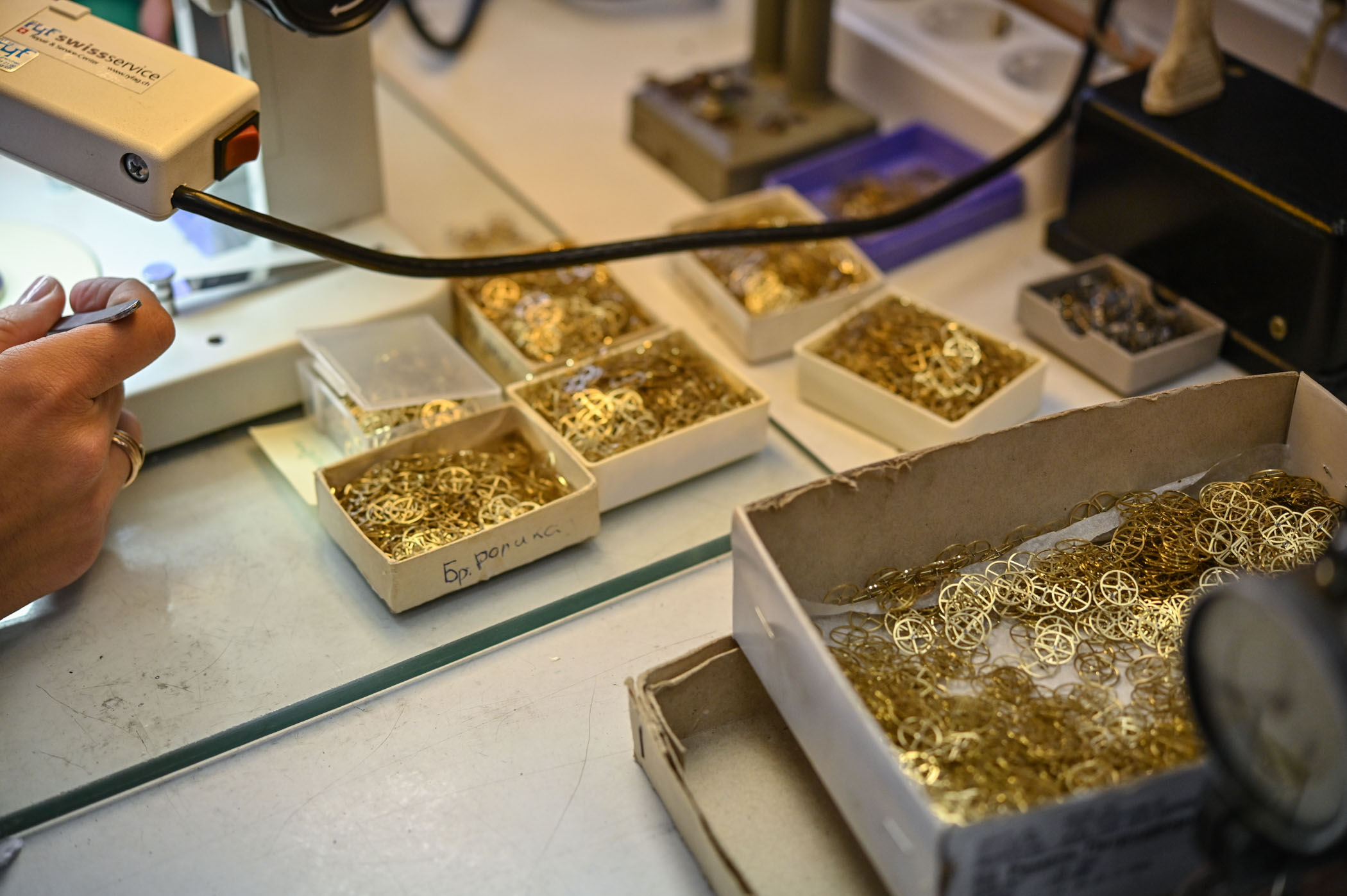
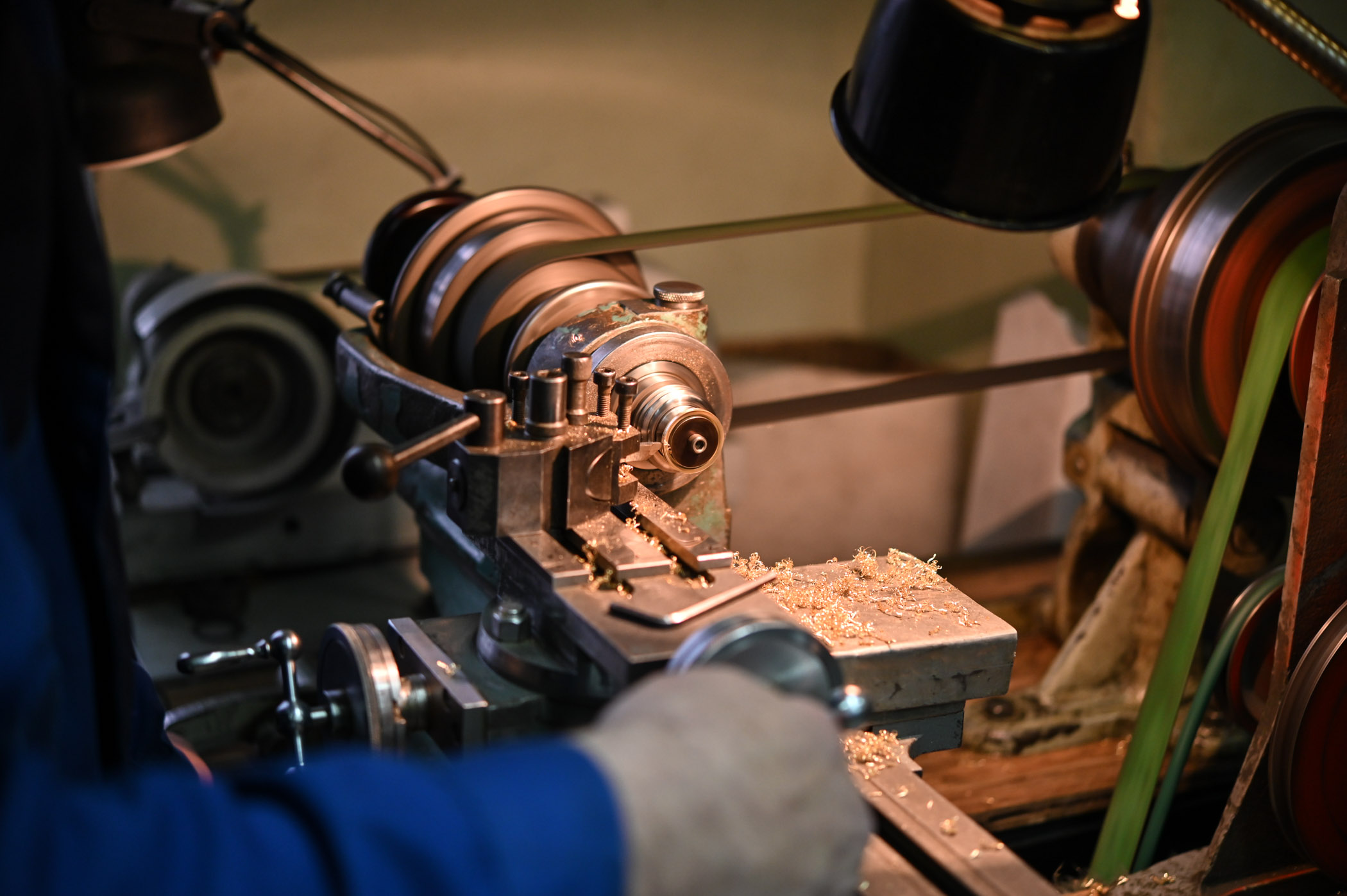

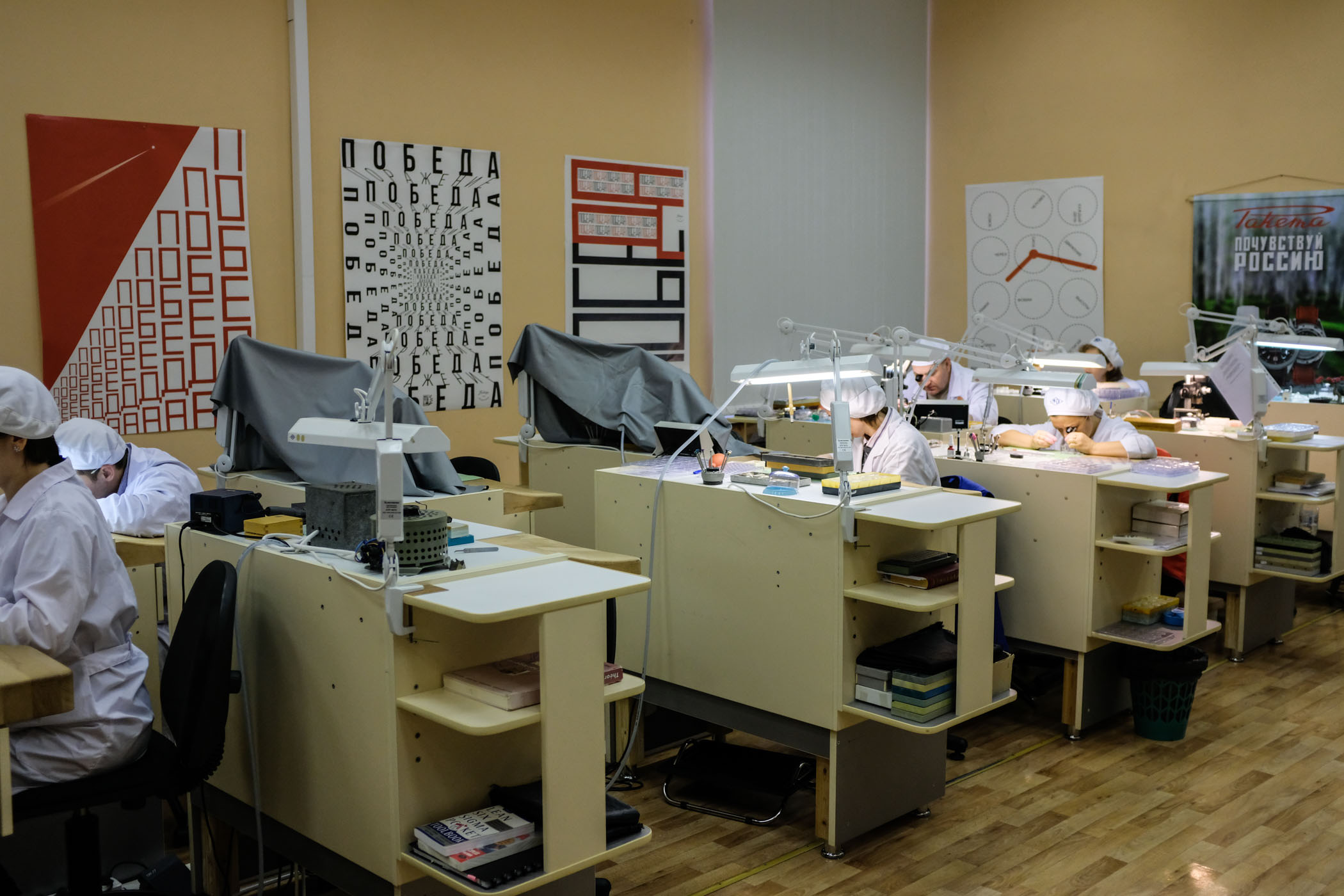


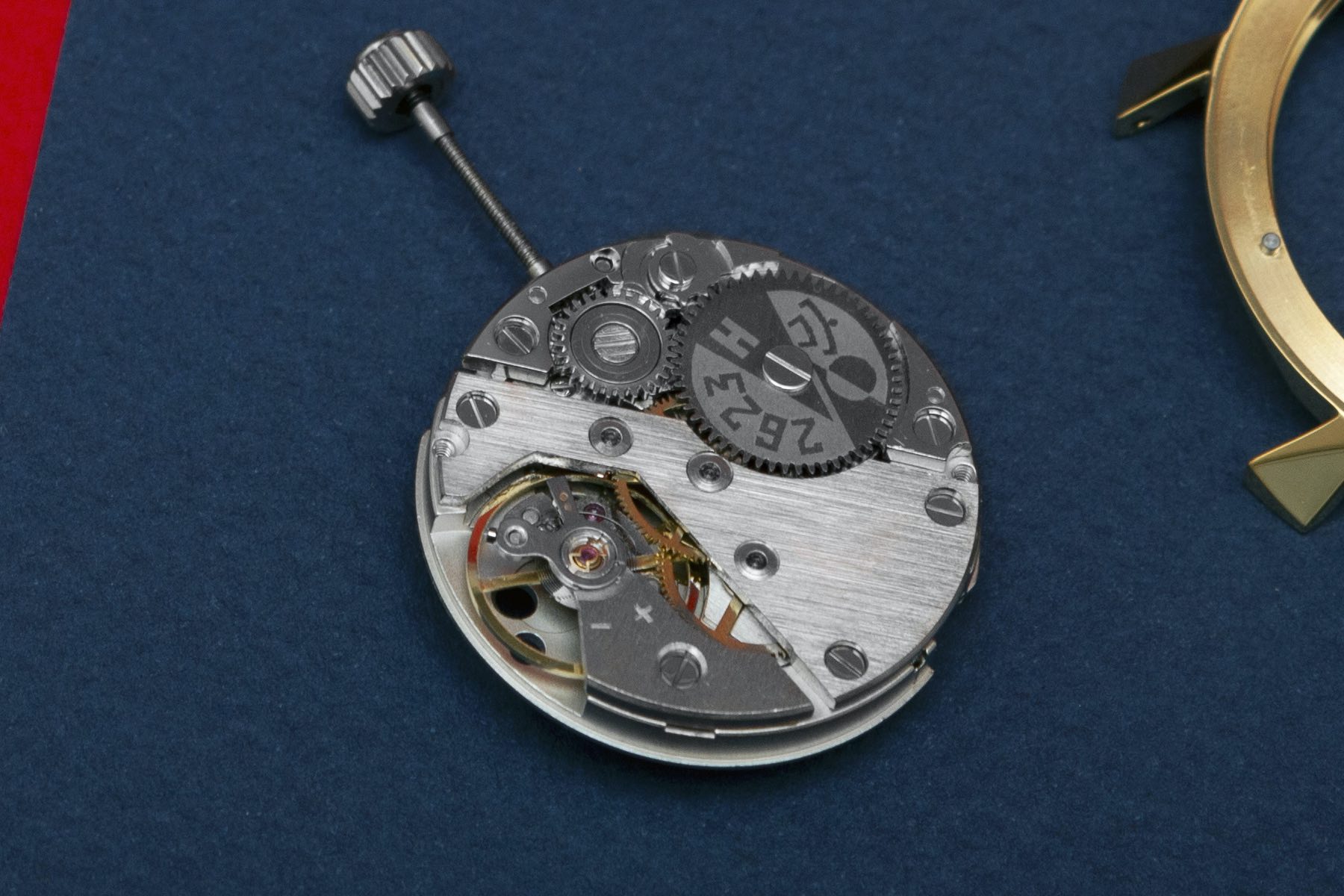




3 responses
This is really cool. As a child from the 1980’s I remember USSR products, Lada and Niva cars and some toys and instruments. I hope I will see more products from Russia in the future.
The watch is not my taste, visiting the factory most have been a sight.
One thing puzzle me. Why night hours are up with midnight at top and not the other way round. I guess it`s because of letter C standing for Sever in russian meaning North and the bottom one stands for south. In polish it would make more sence since North in polish is Pó?noc which means both North and Midnight..
You need to make correction, the case is anodized instead of gold plated.